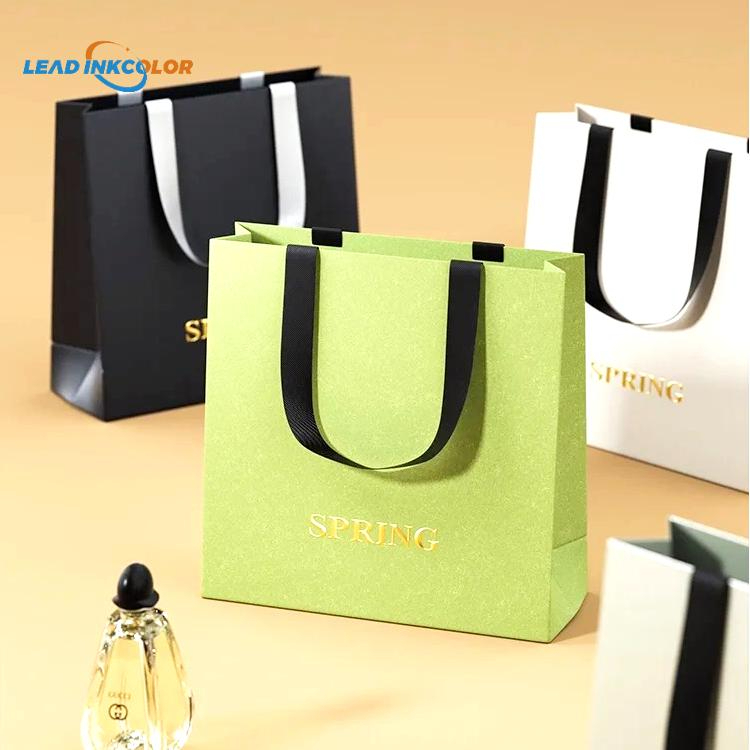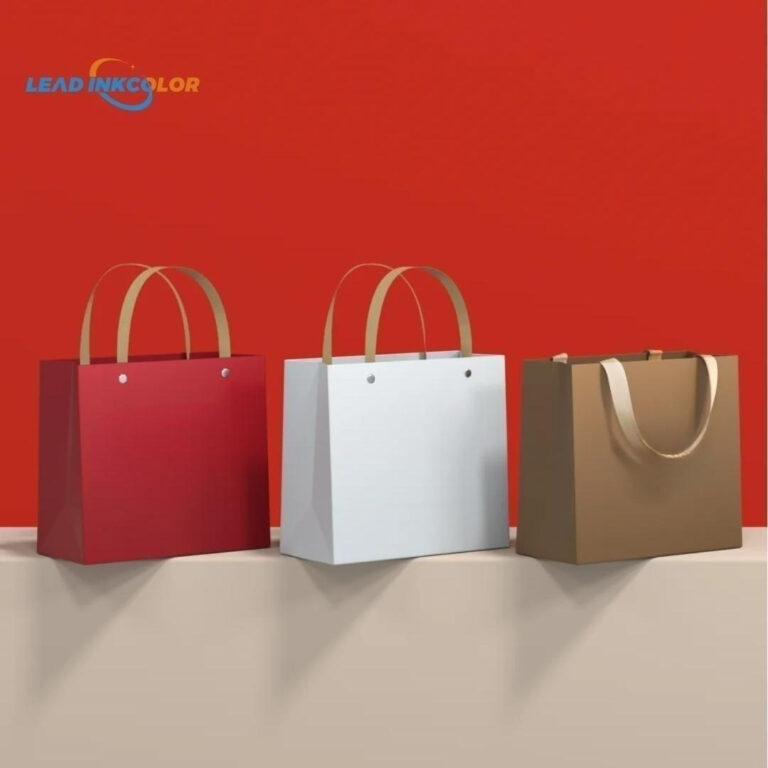The Importance of Scent Presentation: A Study on Perfume Packaging
In the world of perfumery, the presentation of a fragrance can make or break the consumer’s experience. A well-designed perfume packaging can elevate the perception of the scent, while a poorly designed one can undermine its allure. The importance of scent presentation cannot be overstated, and understanding the intricacies of perfume packaging is crucial for both the industry and consumers.
This study aims to explore the relationship between perfume packaging and scent presentation, examining the psychological and emotional impact on consumers. We will delve into the key factors that influence scent presentation, highlighting the importance of considerate design, material selection, and attention to detail.
Color Theory
Color is a crucial component of perfume packaging, as it can create an emotional connection with the consumer. Different colors can evoke distinct emotions and associations, such as:
- Warm colors: Red, orange, and yellow evoke feelings of energy, passion, and warmth.
- Cool colors: Blue, green, and purple convey calmness, serenity, and tranquility.
- Neutral colors: Black, white, and gray provide a sense of contrast and can be used to represent sophistication and elegance.
The color palette should be carefully selected to complement the fragrance’s character and target audience. For example, a warm and energetic scent might benefit from a bold, bright color, while a more subtle scent could be paired with a calming, muted tone.
Material Selection
The choice of packaging material can greatly impact the perception of the scent. Materials can be broadly categorized into two groups: paper-based and non-paper-based.
- Paper-based materials: Cardstock, paperboard, and tissue paper provide a natural, earthy feel and are often used for casual, everyday scents.
- Non-paper-based materials: Glass, metal, and plastic materials convey luxury, sophistication, and high-end quality, often used for premium or niche fragrances.
Material selection should consider the fragrance’s characteristics, target audience, and brand identity. For instance, a luxury brand might opt for premium materials to convey exclusivity and opulence, while a budget-friendly brand could use eco-friendly paper-based materials to appeal to a wider audience.
Attention to Detail
The design elements, such as typography, pattern, and imagery, can significantly impact scent presentation. Attention to detail is crucial to create a cohesive visual identity that effectively communicates the fragrance’s personality.
- Typography: The font choice should reflect the brand’s personality and the fragrance’s attitude, whether bold and playful or elegant and sophisticated.
- Pattern and imagery: Repeating patterns, textures, and images can add depth and visual interest, helping to create an emotional connection with the consumer.
It is essential to balance the design elements, ensuring a harmonious blend of typography, pattern, and imagery that elevates the fragrance and build consumer trust.
The Impact on Confidence and Perception
The presentation of a perfume can significantly influence consumer confidence and perception. A well-designed packaging can:
- Increase perceived quality: A sophisticated design can convey luxury and high-quality ingredients, making the consumer more likely to trust the fragrance.
- Boost brand recognition: A distinctive design can help establish a strong brand identity, building recognition and loyalty among consumers.
- Enhance emotional connection: A design that resonates with the consumer’s values, interests, or personality can create an emotional bond, motivating them to engage with the brand.
Conversely, a poorly designed package can lead to decreased confidence, brand skepticism, and a lack of emotional connection.
Conclusion
The presentation of a perfume is a critical aspect of the overall consumer experience. A well-designed package can elevate the perception of the scent, boost brand recognition, and create an emotional connection with the consumer. By understanding the importance of color theory, material selection, and attention to detail, brands can create a packaging that effectively communicates the fragrance’s character and appeals to the target audience. A comprehensive approach to perfume packaging can lead to increased brand loyalty, customer satisfaction, and ultimately, success in the competitive market.
FAQs
Q: What is the most important aspect of perfume packaging?
A: According to our study, the key elements of perfume packaging are color theory, material selection, and attention to detail. A well-balanced combination of these factors can significantly impact the consumer’s experience and perception of the scent.
Q: Can a poorly designed perfume packaging still be successful?
A: While it is possible for a poorly designed package to still be successful, it is crucial to note that a well-designed package can significantly increase the chances of success. A poorly designed package can lead to decreased consumer confidence and brand recognition, ultimately undermining the fragrance’s potential.
Q: How can I create a cohesive brand identity through perfume packaging?
A: To create a cohesive brand identity, consider the following strategies:
* Consistent color palette
* Simultaneous use of typography and imagery
* Emphasis on quality materials and design elements
* Reiteration of the brand’s unique selling proposition (USP)
By implementing these strategies, you can establish a strong brand identity that resonates with your target audience and sets you apart from the competition.







